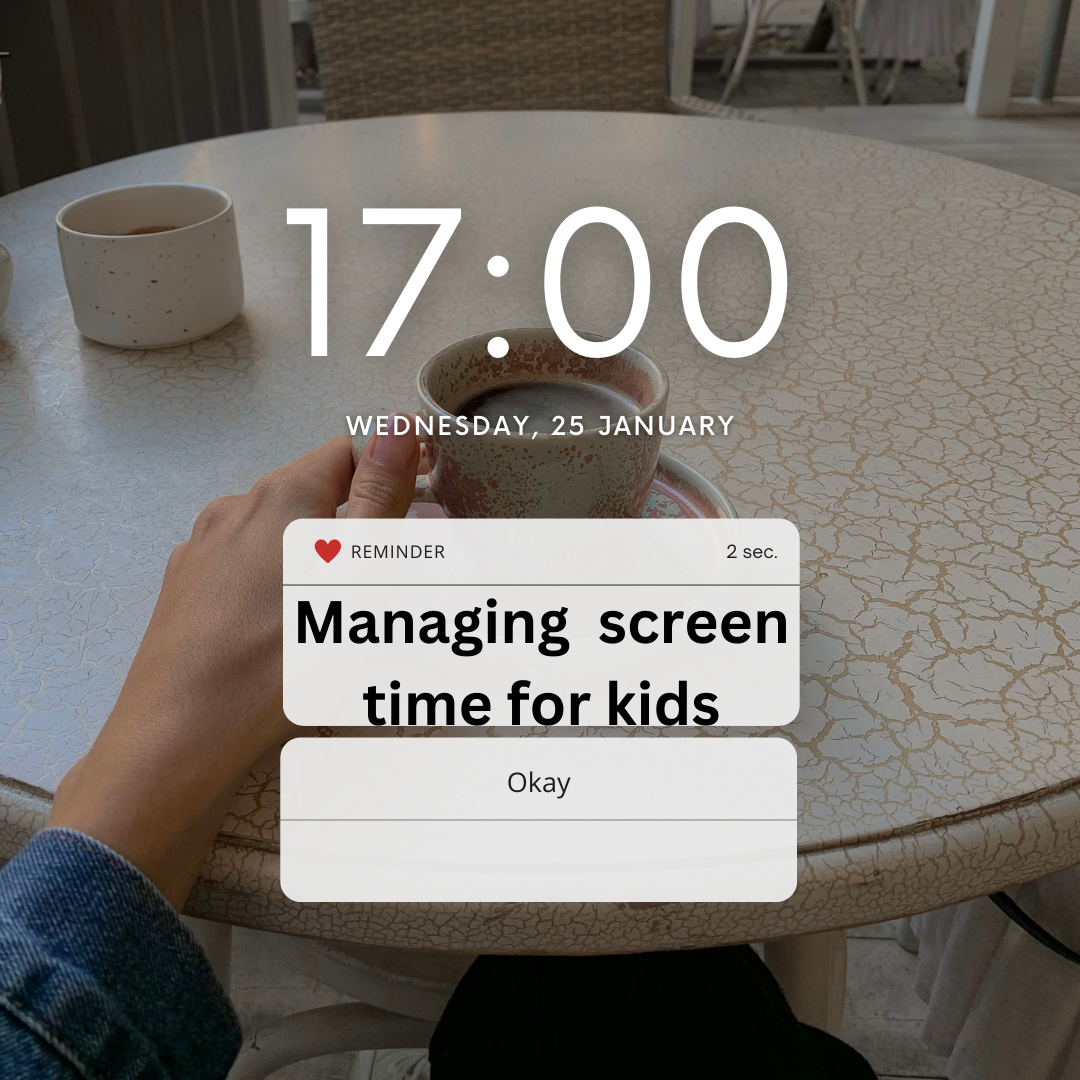Navigating Screen Time: A Parent’s Guide to Managing Technology for Kids
In today’s digital age, managing screen time for kids has become a pressing concern for parents across the United States. With smartphones, tablets, computers, and televisions becoming ubiquitous in households, striking a balance between technology use and other activities is essential for promoting healthy development and well-being in children. In this guide, we’ll explore effective strategies for managing screen time and provide practical tips for parents navigating this digital landscape.
Understanding Screen Time: Screen time refers to the amount of time spent using electronic devices such as smartphones, tablets, computers, and televisions. While technology can offer numerous educational and entertainment opportunities for children, excessive screen time has been associated with various negative effects, including reduced physical activity, disrupted sleep patterns, and developmental delays.
Screen Time Recommendations by Age: The American Academy of Pediatrics (AAP) provides guidelines for screen time based on the age of the child:
- Infants (0-18 months): Screen time is not recommended for infants younger than 18 months, except for video chatting with family and friends. Instead, focus on interactive activities and nurturing relationships with caregivers.
- Toddlers (18-24 months): Limit screen time to high-quality programming that is educational and encourages interaction with caregivers. Ideally, screen time should be limited to 1 hour per day.
- Preschoolers (2-5 years): Aim for no more than 1 hour of screen time per day of high-quality programming. Encourage physical activity and other forms of play to support healthy development.
- School-Aged Children (6-12 years): Establish consistent limits on screen time and prioritize activities such as physical play, reading, and socializing with peers. Screen time should be limited to no more than 2 hours per day.
- Adolescents (13-18 years): Encourage responsible use of technology and set clear expectations regarding screen time limits. Help adolescents balance screen time with other activities, such as homework, extracurriculars, and socializing in person.
Managing Screen Time: Managing screen time effectively requires proactive strategies and open communication with children. Here are some tips for parents:
- Set Clear Limits: Establish clear guidelines for screen time, including when and where devices can be used, and communicate these expectations to your children. Consider using features such as screen time passcodes or parental controls to enforce limits and monitor usage.
- Lead by Example: Children learn by observing their parents’ behavior, so model healthy screen habits by limiting your own screen time and prioritizing other activities when spending time with your children.
- Encourage Balanced Activities: Encourage a balanced lifestyle by providing opportunities for physical activity, creative play, reading, and socializing with family and friends. Limiting screen time can create space for these enriching activities.
- Create Screen-Free Zones: Designate certain areas of the home, such as bedrooms and mealtime areas, as screen-free zones to promote face-to-face interaction and quality time with family members.
- Engage in Co-Viewing: When children do engage in screen time, co-viewing or co-playing can enhance the experience and facilitate meaningful conversations about content. Use screen time as an opportunity to bond and share interests with your children.
- Monitor Content: Be mindful of the content your children are consuming and ensure it is age-appropriate and aligns with your family’s values. Use parental controls and privacy settings to filter content and prevent access to inappropriate material.
- Encourage Screen-Free Activities: Encourage your children to engage in screen-free activities such as outdoor play, hobbies, arts and crafts, and spending time in nature. These activities promote creativity, imagination, and physical well-being.
- Establish Screen-Free Times: Designate specific times of day, such as meal times or before bedtime, as screen-free periods to promote relaxation, family bonding, and quality sleep.
Conclusion: Managing screen time for kids requires a thoughtful and proactive approach that considers the developmental needs of children and promotes a balanced lifestyle. By setting clear limits, modeling healthy screen habits, and prioritizing other activities, parents can help their children develop positive relationships with technology while fostering physical, cognitive, and social development. Remember, effective screen time management is not about eliminating technology entirely but rather finding a healthy balance that supports overall well-being and quality of life for the whole family.
